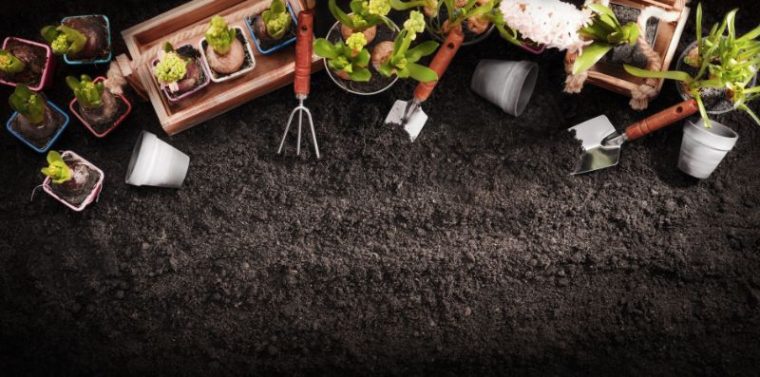With summer here already, some of the best entertaining months of the year have arrived. Whether you’re hosting your extended family for a summer barbeque, or just want to be able to enjoy your outdoor space, it’s a great time to refresh the garden after a long winter.
It’s time to get your landscaping done to give your garden new life – but where to start? Here we’ve got a few basic garden design tips to get you started!
1. Figure Out Your Landscaping Goals
None of these landscape design tips will help if you’re not sure what you want to achieve with your garden overhaul. Now is the time to start planning before you start digging. What do you want to achieve with your backyard refresh? Do the kids need somewhere to play? Do you want a peaceful spot to sit with a morning coffee? Do you want grass for the four-legged family member?
Determine what’s important to you and put pen to paper to start planning it out. Rough sketches can help you get your goals straight in your head and start giving you an idea of how it’ll look when it all comes together. Think about which gardens you’ve seen and appreciated, as this will offer inspiration and some design ideas to get you started.
2. Start Small
One of the biggest mistakes novice landscapers make is rushing through a huge project. Remember that re-doing your yard will take time – and that’s okay! Start with a small project and work up from there. Make sure you put care into every landscaping DIY you undertake, so you aren’t left with a sloppy finish.
If you have a dedicated chunk of time for doing the garden (for example, when you’re on holidays from work), make sure you set realistic goals for what you can achieve in that time so you don’t leave projects half-finished and never return to them.
3. Pay Attention to Conditions
The easiest way to learn what will work in your garden space is by getting out there. Sit in your garden for a while to understand where the wind comes from, which areas get the afternoon sun, and what is likely to actually work in the space.
Don’t just plonk new plants in and hope for the best – make sure you select the right plants for the conditions, and plant them where they will thrive. Once you’ve determined the conditions in each area of your yard, you’ll feel more confident in selecting new plants and adding in other complementary aspects like water features, vegetable gardens and bird baths.
When adding new plants, it’s always a good idea to think long-term, not just what looks good this season. Consider selecting native varieties as they are likely to thrive in the conditions of your yard, and are a water-wise choice in our climate.
4. Focal Point
Even a small garden should have a focal point. If you have more space to work with, you may even be able to have several. The focal point should offer visual interest and naturally draw the eye, and then smoothly direct your gaze around the surrounding landscape.
Consider an eye-catching plant, water feature, fire pit or large potted plants to act as your focal point. Remember that flowering plants will offer a different experience during the various seasons of the year.
If you have a small backyard, have no fear. Small gardens can still be beautiful – just be intentional about your selections, and ensure you still have a deliberate focal point. You can also consider creating a vertical garden to get some greenery into your limited space.
5. Be Mindful of Scale
The best gardens use scale to create an attractive space. The tallest plants, such as trees, can be used against a building or at the back of flower beds to create different levels. Avoid overdoing repetition in your garden space. Select plants that offer variation in style, colour and size, but ensure you have some elements that are the same for cohesion.
Utilise paths to lead people through the space, and have a play around with straight lines to see how they can make your space look neat and eye-catching.
6. Clearing Your Green Waste
A garden overhaul can leave you with a lot of green waste on your hands. Rather than waiting potentially many months for the next council green waste collection, book in for a domestic skip bin hire to clear away your garden waste. Skip bins are a convenient and cost-effective way of disposing of green waste, and you can rest assured knowing Kwik Skips takes great care in disposing of your garden clippings.
After collection, the waste removal (which can include weeds, wood chips, small branches, grass clippings, leaves, palm fronds and prunings) gets composted, which is then distributed to farms, parks, forests and other gardens requiring compost.
We hope these landscape design tips are helpful as you start giving your yard an overhaul. Remember to determine your goals before starting, have an idea of what you want to achieve, and understand the conditions of your area to ensure you select the right plants. Make sure you hire a skip bin to take away your green waste in Perth, which will be composted and returned to the earth at farms, parks or other gardens.
